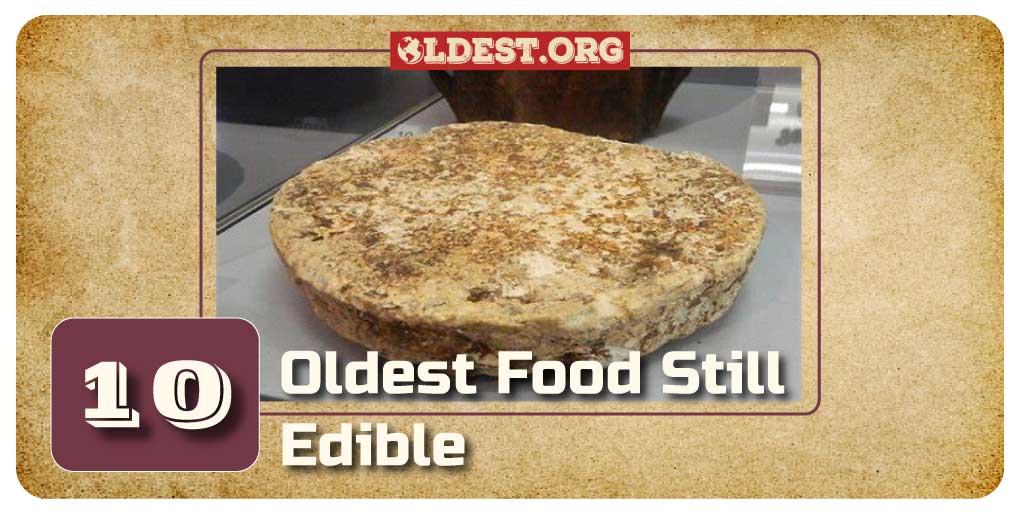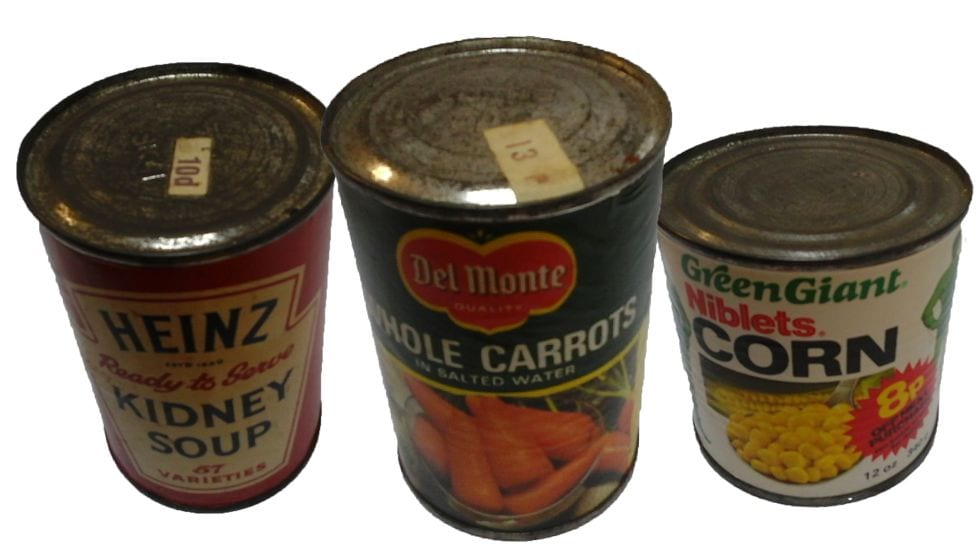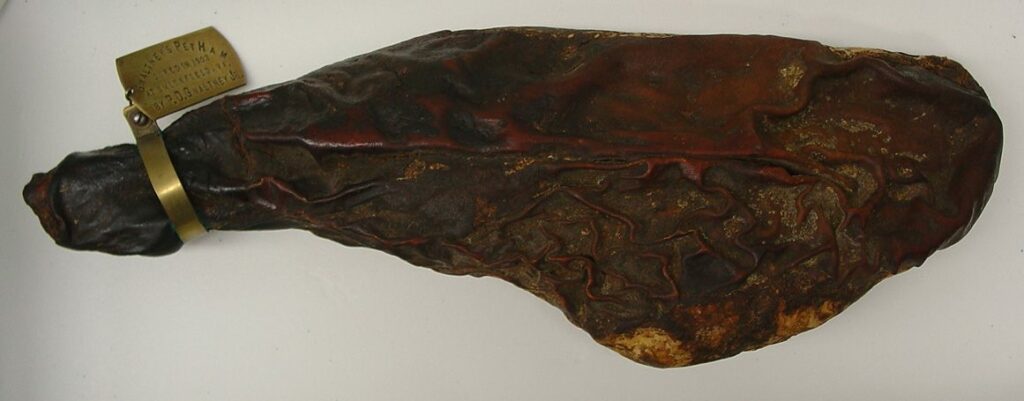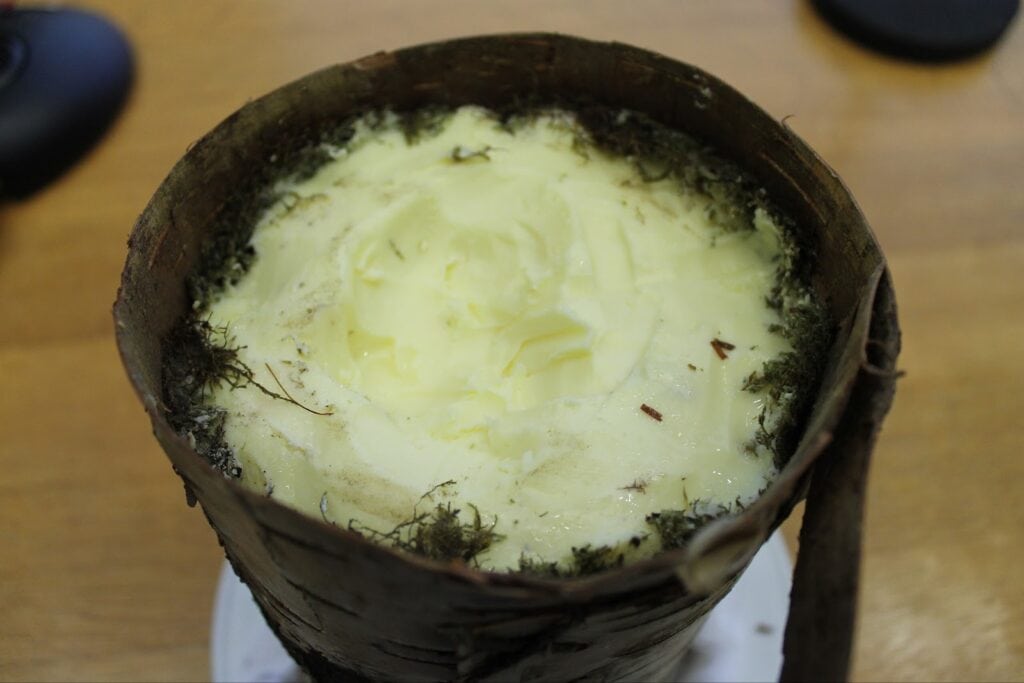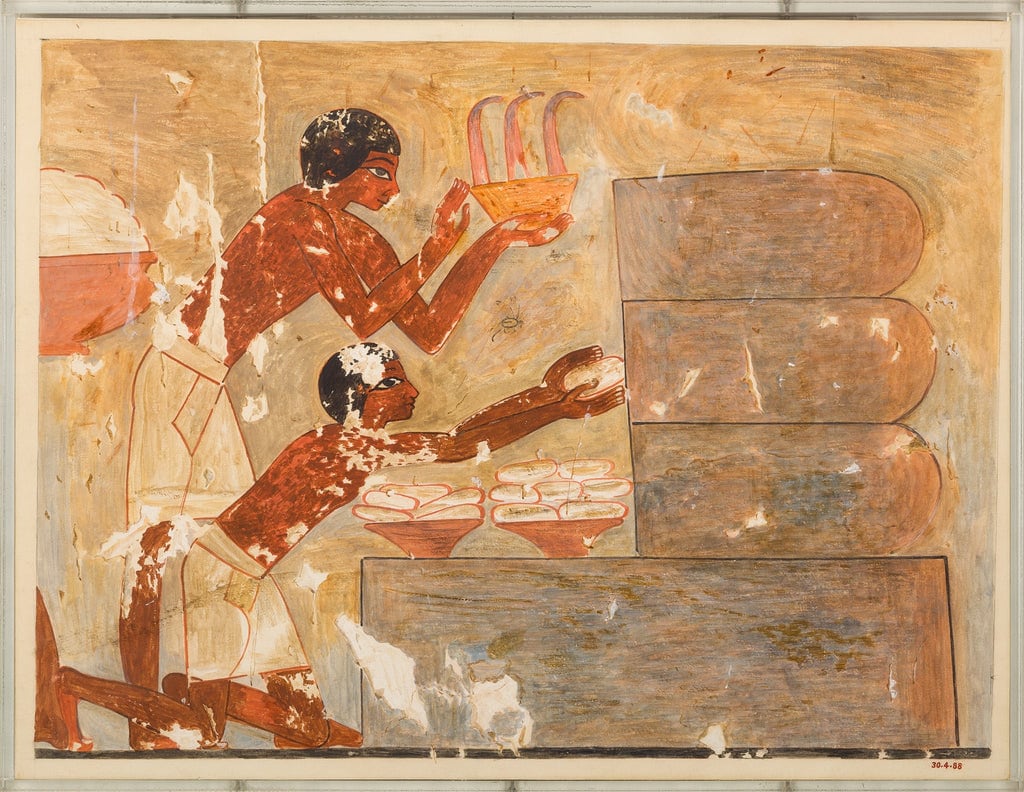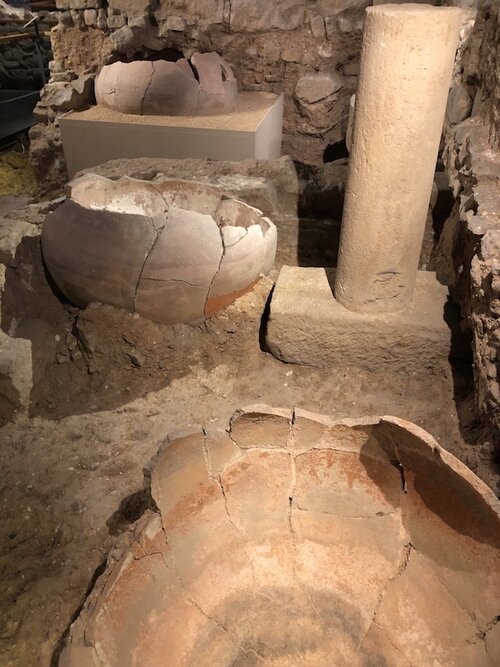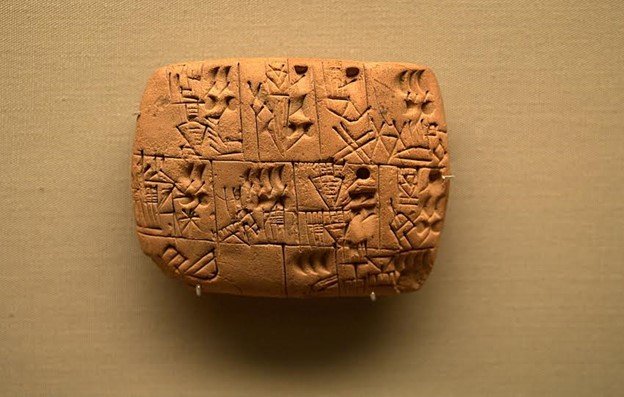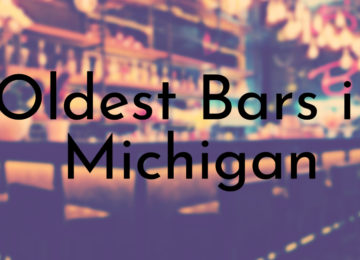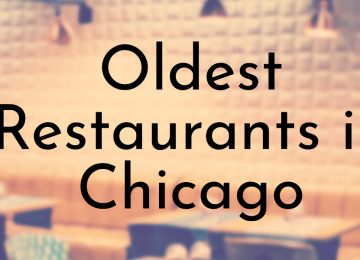You must be shocked to know that there are edible foods that have been preserved for thousands of years. These food items have incredible expiration dates and not-so-complex techniques that give them this. Such foods give us a peek into what culinary experience was thousands of years ago.
So, here are the oldest food still edible on earth!
7. Canned Goods: A Disco-Era Delight
Year Founded: 1975
Origin Location: United States
Still Literally Edible: Yes
Would you like to taste the 70s? Well, if yes, you can have a taste of kidney soup dating back to 1975. This relic from the disco era provides a fascinating glimpse into the culinary trends of the past. Despite its age, the soup remains an example of extreme preservation and a literal bite of the ’70s.
Did you know?
The ’70s witnessed a surge in canned and preserved foods, symbolizing a cultural shift towards convenience and shelf-stable products.
6. Preserved Ham: A Century-Old Mystery
Year Founded: Early 20th Century
Origin Location: Unknown
Still Literally Edible: Yes
The world’s oldest ham was actually a pet ham and wore a brass collar! This ham was cured in 1902 by a Gwaltny food meet company. But, it got lost in storage and was only discovered 20 years later, and Pembroke D. Gwaltney Jr. made it his pet ham. Imagine savoring a ham that has matured for over a century.
With its origin shrouded in mystery, this preserved delight raises questions about age-old preservation techniques. It is believed to have been preserved by draining its blood and salting the meat.
Did you know?
This pet ham is now presented at the Isle of Wight Country Museum in Virginia.
5. Bog Butter: Butter from the Iron Age
Year Founded: 1700 BCE – 2000 BCE
Origin Location: Ireland
Still Literally Edible: Yes
Step back into the Iron Age with bog butter, a unique practice buried in peat bogs in Ireland. This butter, dating back over 3,000 years, offers a taste of ancient Ireland, showcasing the endurance of culinary traditions.
Did you know?
In ancient times, bog butter might have been associated with rituals or celebrations, making it more than just a culinary item.
4. Egyptian Honey: A Sweetness Across Millennia
Year Founded: 3000 BCE
Origin Location: Egypt
Still Literally Edible: Yes
The oldest honey in the world was found in kind Tut’s tomb. Apparently, it was placed with him to make his celestial journey happier. Hieroglyphs of beekeeping can be found in Egypt dating back to 2400 BCE in the sun temple. Honey was an important aspect of Egyptian culture.
Did you know?
Mummies in ancient Egypt had a close connection to honey. They were preserved using honey, beeswax, and propolis. This affirms the importance of beekeeping in their culture.
3. Neolithic Bread: Breaking Bread Across 14,000 Years
Year Founded: 12,000 BCE
Origin Location: Jordan
Still Literally Edible: Unlikely
Archaeologists discovered the earliest form of bread in northeastern Jordan. Charred remains of the flatbread baked, possibly by the hunter-gatherers, were excavated. While not confirmed, the basic ingredients indicate its likely edibility. This bread isn’t just crumbs; it’s a connection to our ancient roots.
Did you know?
Archaeologists are suggesting that it is this need to make the bread that lead to agriculture, and it is not the other way like we thought.
2. Roman Garum: A Salty Delicacy Since 2,000 Years
Year Founded: Before 79 CE
Origin Location: Ancient Rome
Still Literally Edible: Unlikely
Garum is an ancient dish made from decaying fish, and today, many archaeologists and scientists are trying to recreate it in a lab. The garum remains, vessels, and factory-like structures were discovered in Tunisia and other parts of Mediterranean Europe under the ashes of a volcanic eruption. Dive into the world of ancient Roman cuisine with Garum, a fish sauce known since before the destruction of Pompeii in 79 CE.
While not advisable for contemporary consumption, its historical significance is immense.
Did you know?
“Flor de garum” – the evolved version of Garum is still served in amphorae-shaped glass bottles in Spain. Widely said that it has a bit of umami
1. Mesopotamian Beer: Brewing Tradition Since 6000 BCE
Year Founded: 6000 BCE
Origin Location: Mesopotamia
Still Literally Edible: Unlikely
The old Mesopotamian beer and its recipe were discovered in an ancient tavern in Iraq. Raise a glass to Mesopotamian beer, an ancient beverage dating back to 6000 BCE. While not suitable for today’s consumption, it showcases the longstanding human tradition of brewing.
Did you know?
This beer is mentioned in the famous code of Hammurabi. It mentioned the laws of sale, manufacture, and consumption of the beer.
FAQ Section
1. Are these ancient foods safe to eat?
While technically still edible, consuming these ancient foods is not recommended due to potential health risks. Preservation methods and storage conditions over the years can lead to unpredictable changes in taste and safety.
2. What factors affect the edibility of ancient foods?
Storage conditions, exposure to air, and the absence of contaminants are crucial factors. The term “still edible” is subjective and context-dependent.
3. Why explore ancient foods if they might not be safe to eat?
Exploring ancient foods provides insights into historical culinary practices and the evolution of food preservation techniques. However, for a safe culinary experience, it’s advisable to stick to modern alternatives.
Conclusion
These food items that have seen generations come and go hold the history of cultures and places. With how modern instant foods are made, we might find some of them thousands of years later, still edible and fresh in a plastic packet! But all jokes apart, certain components can help stay these foods longer than we think.
These are curious facts known only by some. Some of these food items cannot be consumed with trust. However, what remains will be used to recreate them and understand the culinary practices of generations way before us.
Happy preserving!


